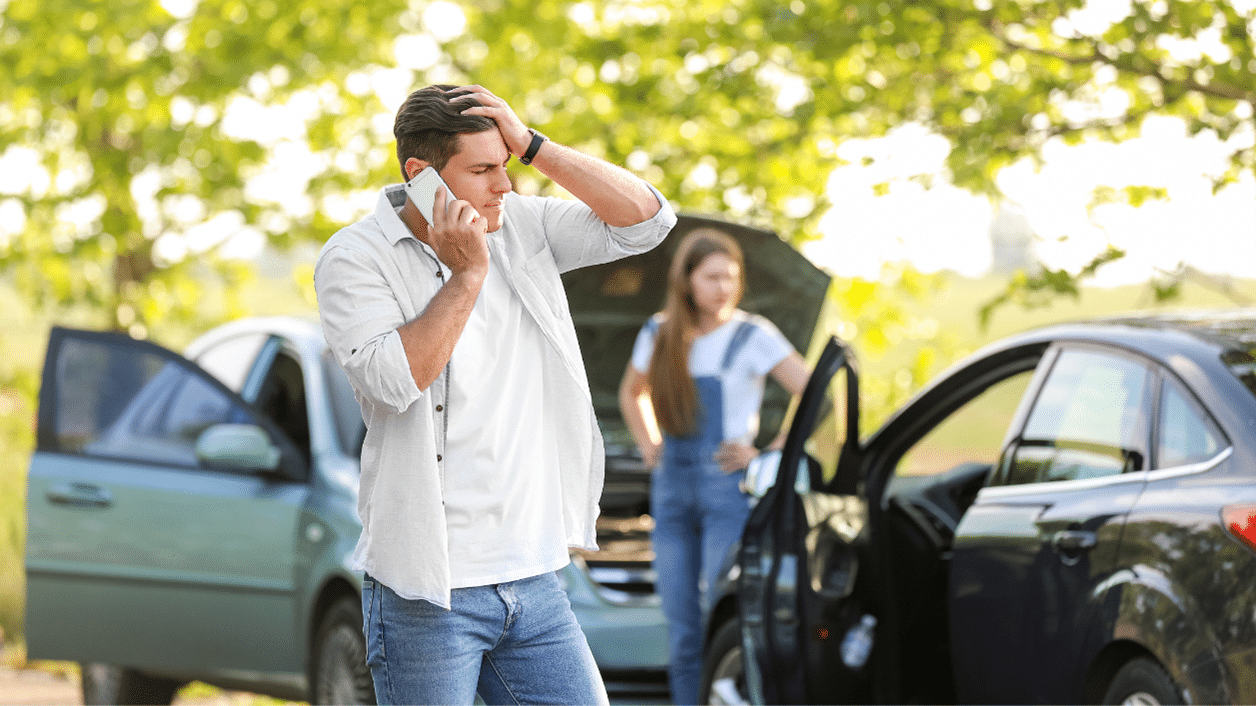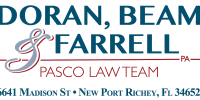Can Both Drivers Be At Fault in an Auto Accident?
Monday, February 27, 2023 9:30 AM

Sometimes, an automobile accident is caused by an at-fault driver’s negligence. However, in some vehicle collisions, it is not uncommon for both parties to share fault for the accident.
The laws of the state where the accident occurred ultimately determine how your shared level of responsibility will alter the compensation you can recover from the other driver in a car crash. In some states, the injured party cannot seek compensation from their insurer or another motorist in a shared-fault collision. In other states, either one party can seek compensation from the other or only if their fault is below a certain threshold.
An experienced auto accident lawyer can help you evaluate your case and advise how to proceed in a shared-fault accident. You might be eligible to receive compensation from either the other driver’s insurance company, your own, or both.
Types of Shared-Fault Car Accidents
People often picture car crashes as one driver causing the accident, leaving the other an innocent victim. Unfortunately, this is a common scenario in traffic collisions. For example, a driver who runs a red light can strike a vehicle which had the right-of-way. The red-light runner is clearly at fault in this scenario.
But not all car accidents happen in this way. Sometimes, multiple drivers were involved in reckless or negligent behavior. The investigating officers will examine the scene and speak to witnesses and both drivers. They may conclude that both drivers behaved inappropriately.
In such a situation, the insurance adjusters might find both parties responsible for the accident. The decision on liability for a civil claim will be with the insurance company until it gets in front of a jury, who will then have the ultimate decision-making power.
Comparative Negligence
Drivers in states with comparative liability are assigned a percentage or a share of the blame. Then, they can pursue other drivers for damages based on their level or fault.
For example, two vehicles are involved in a rear-end Collison. Let’s say the front driver was responsible for 40% and the driver at the back 60% of the blame. The rear driver may recover up to 40% from the front driver, while the front driver could claim 60%. If the total cost of repairs for the front motorist is more than $10,000, the driver may be eligible to receive up to $6,000 from their insurer or the other driver.
Contributory Negligence
Other states follow the contributory negligence model, where any driver who is even 1% responsible for a collision cannot seek compensation for damages.
Imagine a situation where a distracted driver rear-ends another car. You may assume that the driver is responsible for all accidents. However, if the police find that the vehicle is not equipped with working brake lights or taillights, they can assign 10% of the blame to the driver. In this scenario, the driver in the rear bears 90% of the fault. However, the front driver loses the right to claim compensation from the motorist who rear-ended them because they are partially at fault.
Modified Comparative Negligence
Florida is recently one of the states that have a modified comparative negligence law to address shared-fault auto accidents. Modified comparative negligence systems include elements of contributory and comparative liability. Partially at-fault drivers may seek compensation from other drivers only if their share of the blame is below 50%. Any driver whose fault exceeds 50% loses their eligibility to seek compensation from any other party.
Attorneys You Can Talk To!
Accidents happen, and when they do, you and your family will have questions about your rights and their impact on your life. The attorneys at Doran, Beam & Farrell, PA, understand your concerns and are ready to answer any questions or address concerns that you may have about your claim.
To schedule a FREE consultation, call or text us at (727) 846-1000 or complete our online contact form.
Sources
https://munley.com/car-accident-lawyer/can-both-parties-be-at-fault-in-a-car-accident/
https://www.dixoninjuryfirm.com/blog/what-happens-if-both-drivers-are-at-fault-in-an-accident/


